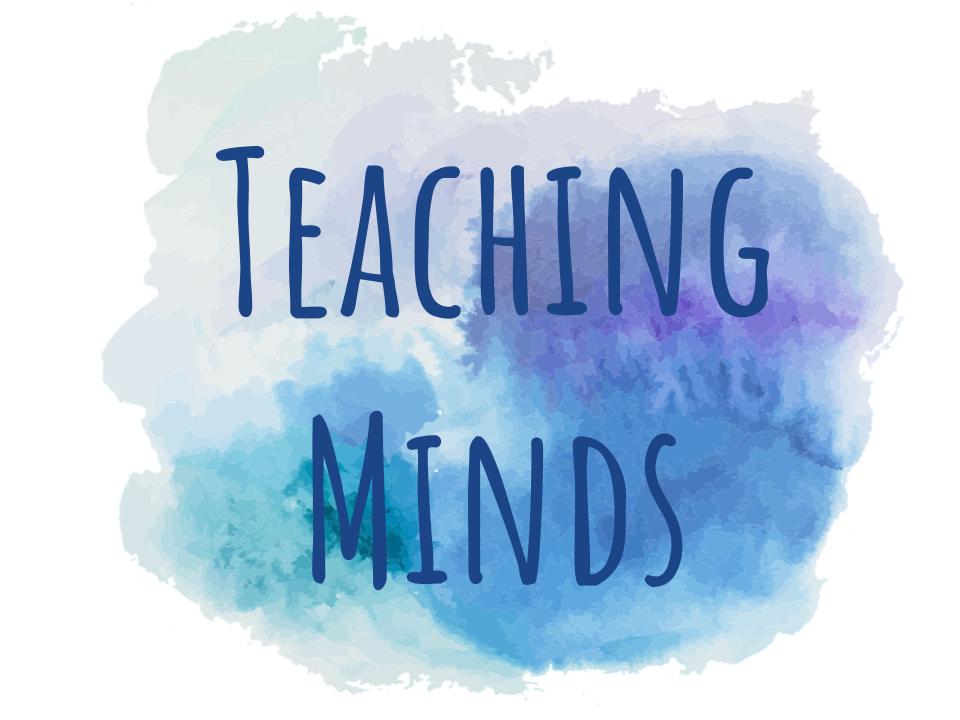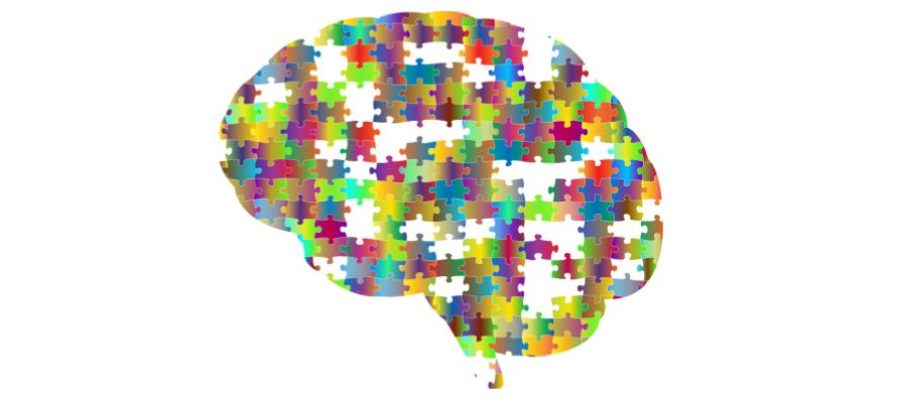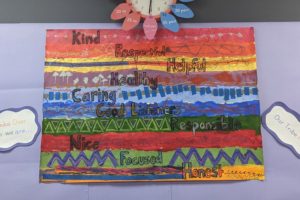The benefits of teaching students about their own brains
The brain is a pretty fascinating thing, for adults and six-year-olds alike. Though I always try to embed growth mindset into my teaching, I hadn’t gone into great depth about the workings of our grey matter beyond that. This year, I decided that with my bigger push on well-being and mental health with my students, an introduction to neuroscience might be a good place to start. With some foundational knowledge, I’m hoping when we later discuss thoughts and feelings in greater depth, we will have more understanding of where they actually come from.
The wow-factor
I decided to teach my first ‘neuroscience’ lesson in the first week of the year and with the help of some interactive sites and youtube videos, it definitely provoked the most engagement I had seen that week. For my two new students, it was the first time they had put their hand up to ask questions in front of the class and our KWL grid quickly filled up with some surprisingly cool facts and questions. From the sounds of disgust as a giant, glistening brain was displayed on our IWB to the gasps of incredulity when we took a journey inside to watch the electric signals of thoughts, the students were clearly fascinated to know what was going on inside their heads and keen to find out more.
The content of the lesson was kept fairly simple. We talked about some basic structure and how the brain communicates- leading to some discussion on neuroplasticity which led nicely on to growth mindset. For a few years now, I have shared Class Dojo’s videos on growth mindset. I’m sure there are lots of other great ones out there but from experience, these work really well to explain the concept so I’ve stuck with them. I usually make some visual prompts of the important lessons which can be referred back to throughout the year.
This first lesson and the follow up growth mindset videos where a great launchpad for creating goals for the first term which I will explain in more depth in a later blog post.
Reflections
What went well:
- Engagement– the class found thinking about their brains fascinating!
- Questioning– everyone had lots of great questions and had opportunities to both verbalise them or write them down.
- Introduction– children gained some introductory knowledge of the brain to build on at a later date.
Even better if:
- The Brain Quiz worked well and was quick but could be even better with more interactivity or collaboration. Or perhaps as a Kahoot!


